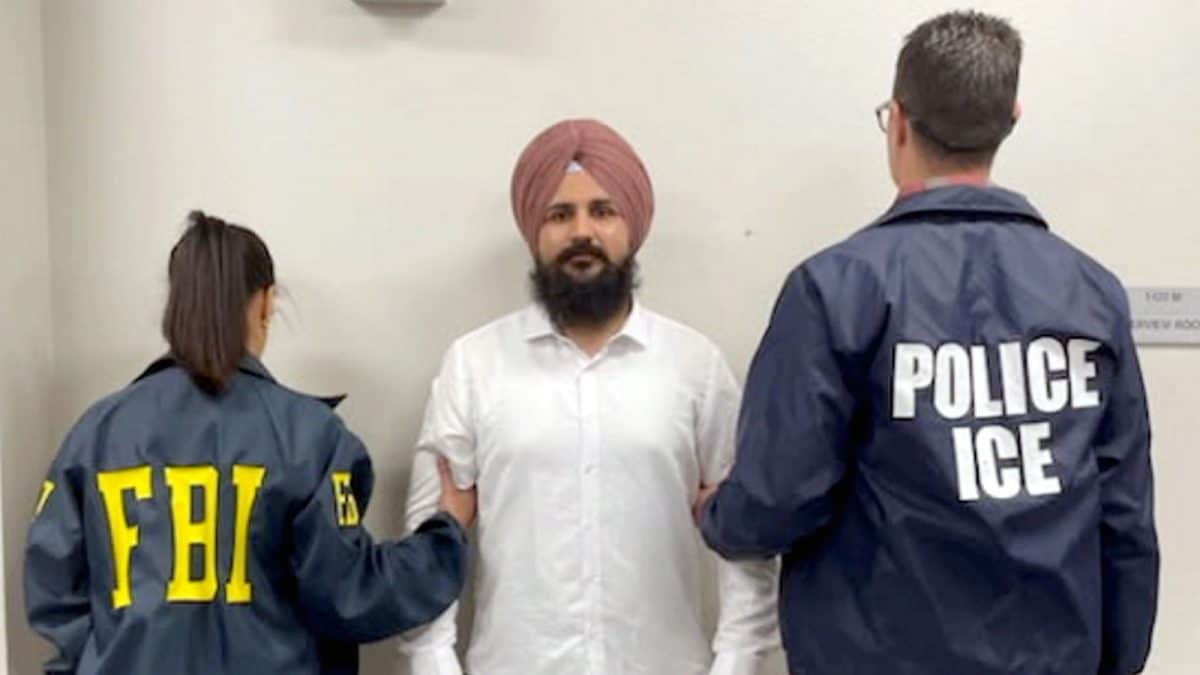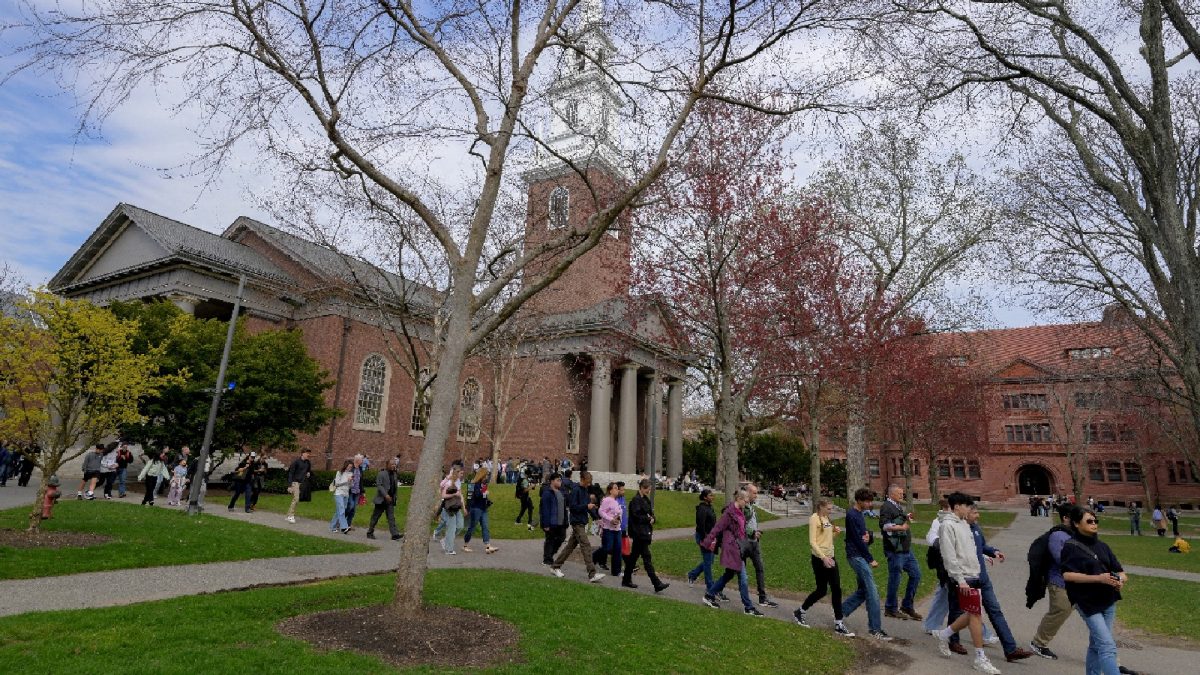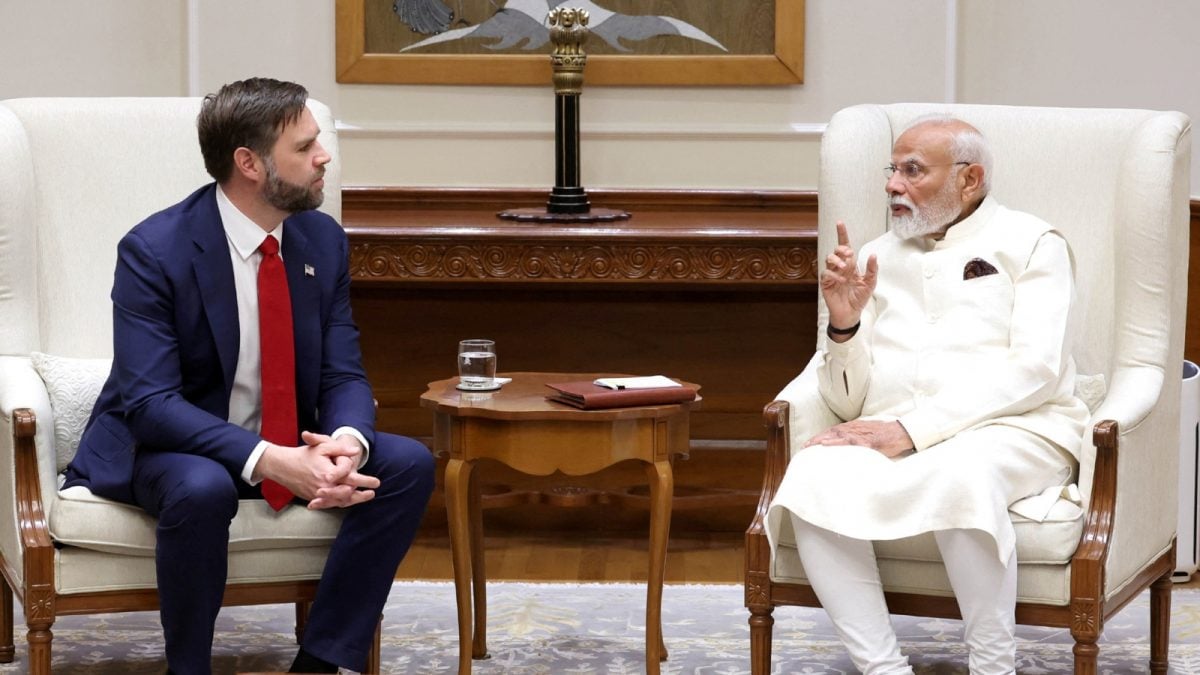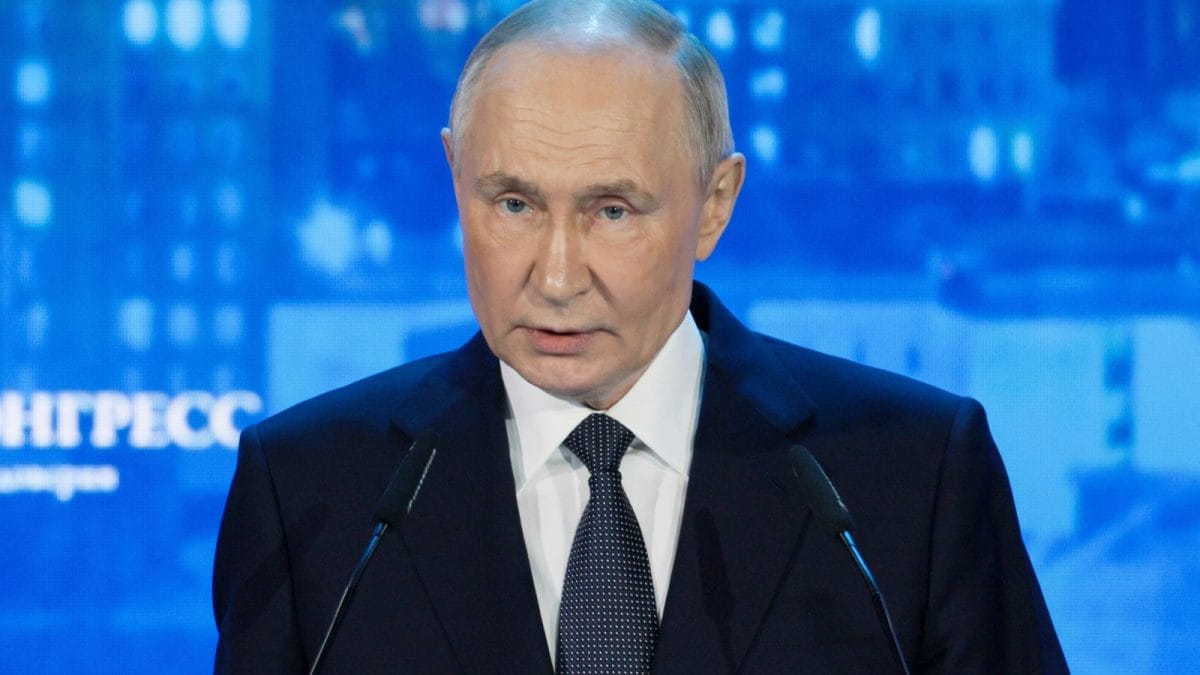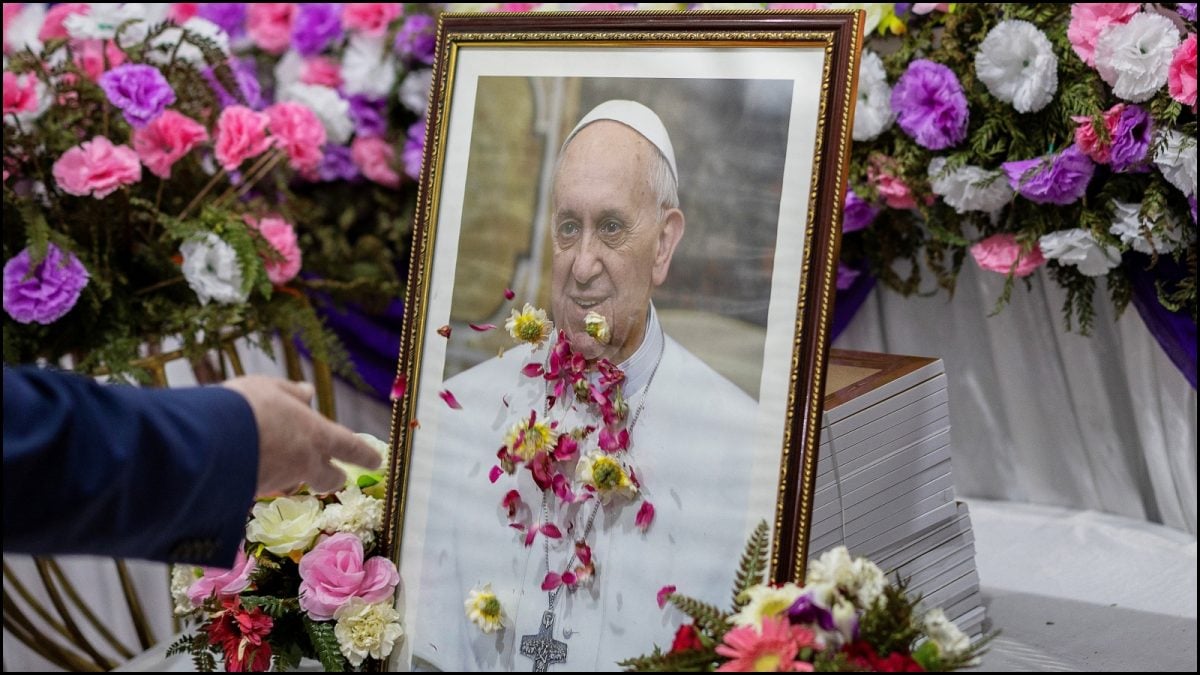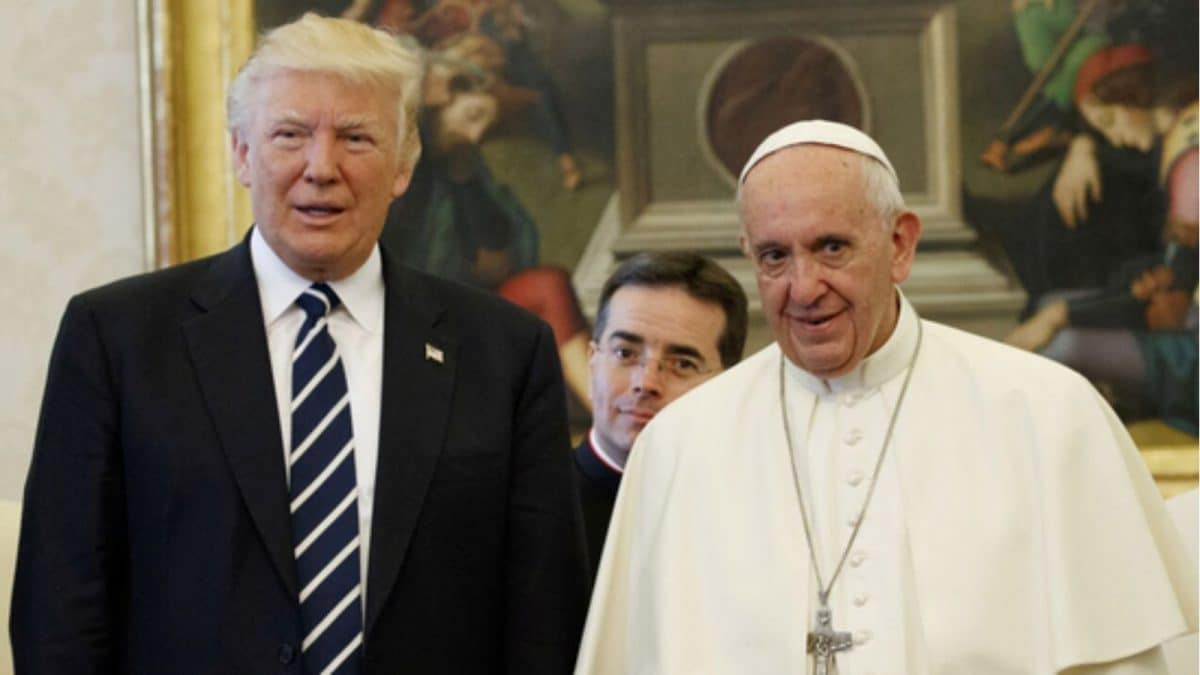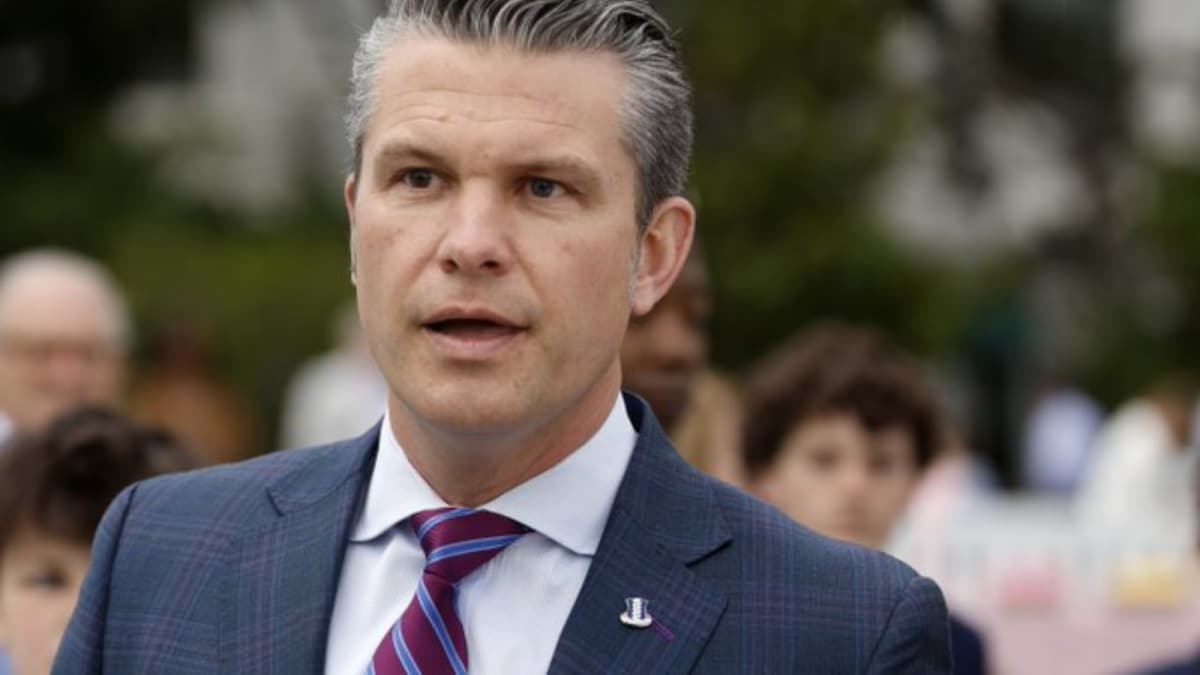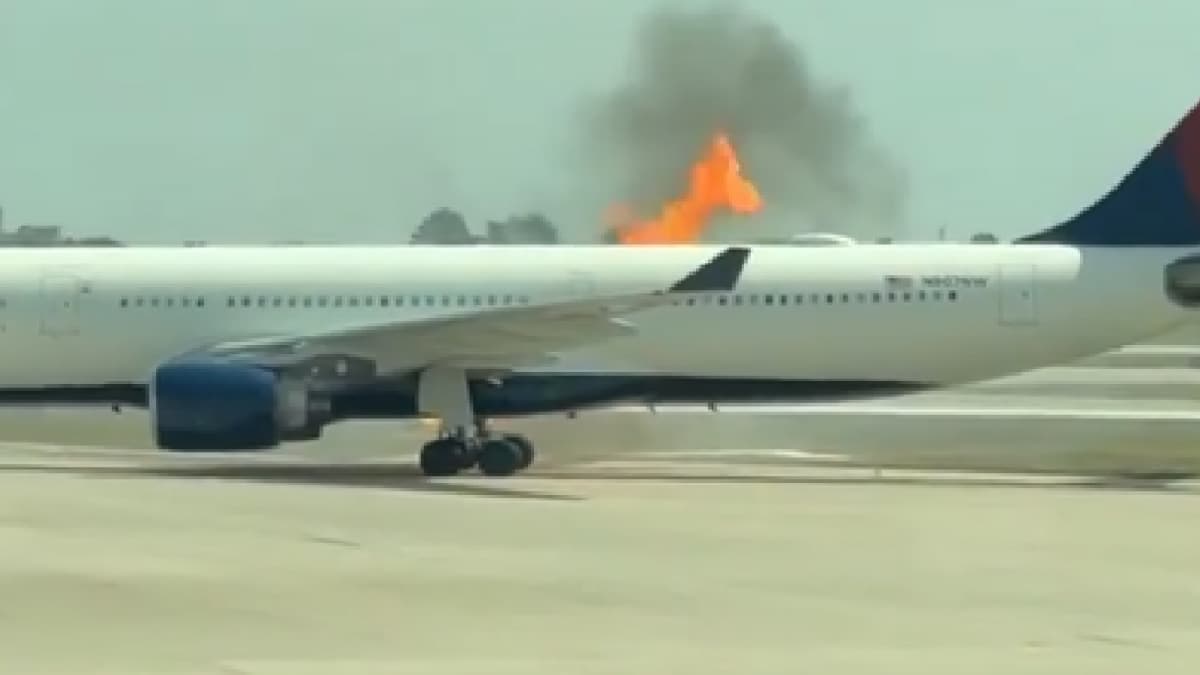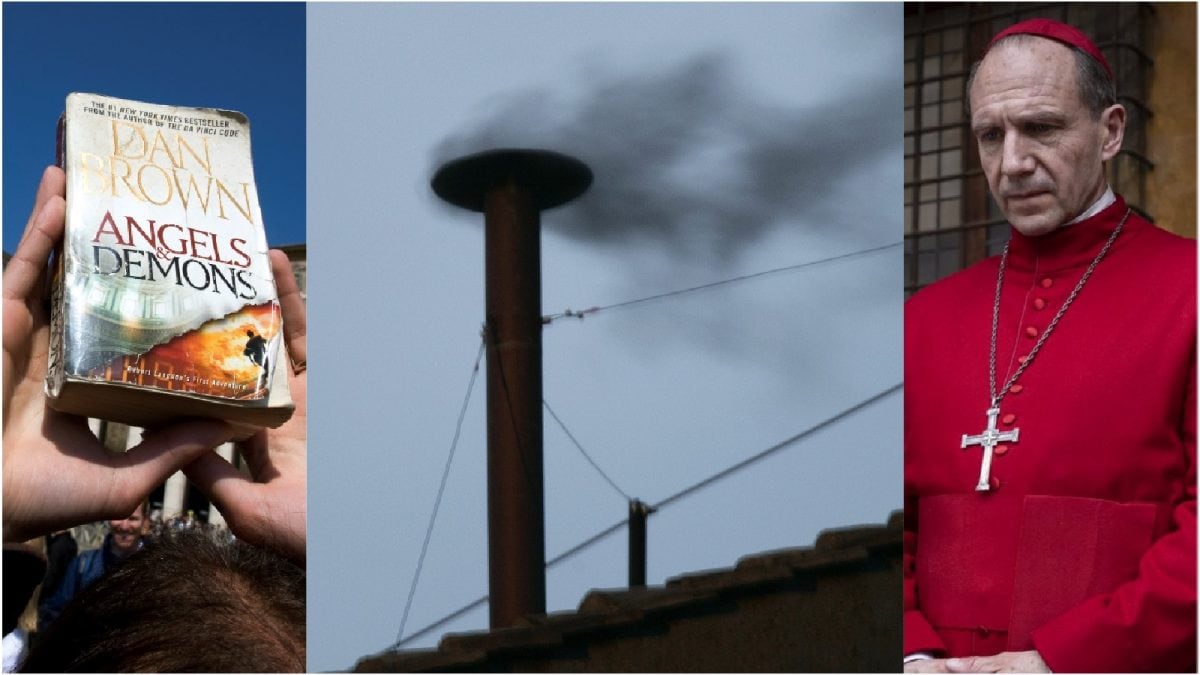Last Updated:February 24, 2025, 13:38 IST
European leaders reached Ukraine on the third anniversary of the war as Trump's decision to resume diplomacy with Russia rattled most leaders and plunged Ukraine's security into uncertainty.

Trump's diplomatic overture towards Russia has alarmed Ukraine and European leaders. (Reuters/File Image)
Monday marks the third anniversary of the Russia-Ukraine war, the bloodiest conflict in Europe since World War II that had profound implications for the two countries as well as the rest of the world.
On February 24, 2022, Russia launched a “special military operation" by invading Ukraine after opposing Kyiv’s plans to join the North Atlantic Treaty Organisation (NATO), triggering a bloody war and a geopolitical crisis for several countries.
Although Russian President Vladimir Putin did not get the swift victory he had hoped for, thanks to strong resistance by Ukrainian leader Volodymyr Zelenskyy and billions of dollars in Western aid, Moscow’s forces have slowly expanded the amount of territory under their control and captured one-fifth of the Ukrainian land.
After three years, Ukraine is staring at a bleak future, unsure that it cannot rely on its biggest backer – the United States – as Donald Trump seems unlikely to be as sympathetic to Kyiv as his predecessor Joe Biden was. Trump’s overtures to Russia have also alarmed its European allies.
A dozen leaders from Europe and Canada have already arrived in Kyiv to mark the third anniversary of Russia’s invasion of Ukraine, including European Commission President Ursula von der Leyen and Canadian Prime Minister Justin Trudeau. Friedrich Merz, who is poised to become Germany’s next Chancellor, said Ukraine must be part of the peace negotiations.
ALSO READ: ‘NATO Most Cost-Effective Solution For…’: Zelenskyy After Offering To Quit As President
Here’s where things stand after three years of Russia-Ukraine war:
Russia Gains Ground In Ukraine
Despite a brief incursion in Russia’s Kursk region, Ukrainian forces have found it difficult to repel Russian troops. This is extraordinary given that Russia has been slapped with a slew of Western sanctions targeting its military and defence supplies.
Reports claimed that Russia was struggling to provide ammunition and weapons for its war in Ukraine. However, Moscow found a way around by allying with key US adversaries – China, North Korea and Iran. Putin reportedly entered a deal with North Korean leader Kim Jong Un to supply troops to aid Russia’s war efforts in exchange for sensitive technology transfers.
As the war enters its fourth year, Russia controls nearly one-fifth of Ukraine – or an area about the size of the US state of Ohio – including Crimea which Russia annexed in 2014, about 75 per cent of the Donetsk, Zaporizhzhia and Kherson regions and more than 99 per cent of the Luhansk region. Last month, Russia said its troops captured the strategically important town of Velyka Novosilka in eastern Ukraine.
Daily exchanges of missile and drone attacks as well as mortar fire have devastated Ukraine, with Russian forces capturing Donetsk cities of Avdiivka and Vuhledar last year. While Ukraine managed a surprise invasion of Kursk, Russian troops have made big gains there.
Washington’s Abrupt U-Turn
One of the most impactful turning points of the war has been the stark change in the US position towards the war. Washington under Joe Biden had provided steadfast support to Ukraine and Zelenskyy, including more than $119 billion in military, financial and humanitarian assistance.
However, Trump’s return to the White House has plunged further support for Kyiv into deep uncertainty, as the Republican leader used his belligerent approach towards ending the war by resuming diplomacy and economic cooperation with Russia, much to the shock and resentment of Ukraine and its European allies, prompting the latter to increase their military spending.
US officials also held talks with their Russian counterparts without inviting Kyiv or any European leaders and things escalated when Zelenskyy voiced his dissatisfaction with the talks. After this, Trump called Zelenskyy a “dictator without elections" and blamed Ukraine for starting the war.
Trump also asserted that the US should receive its money back for the billions of dollars provided to support Ukraine’s war effort against Russia and began negotiating a mineral resources deal. Ukraine has resisted the idea of military aid being seen as a debt and sought security assurances from Washington to repel another invasion.
Meanwhile, French President Emmanuel Macron and British Prime Minister Keir Starmer also plan visits to Washington to express their concerns over Trump’s attitude toward Ukraine and his overtures toward Moscow. Both leaders hope to dissuade Trump from rushing into a ceasefire with Putin.
Economic Impact On Both Countries
As both Russia and Ukraine continue fighting in the midst of diplomatic outreach to end the war, data shows that the conflict has taken an economic toll on both countries, with inflation rising to 9.5% in Russia and 12% in Ukraine.
Data from the Monetary Fund (IMF) shows that Russia’s GDP slumped to -1.3% in the initial year of war but since recovered to 3.6% in the next two years. On the other hand, Ukraine’s GDP sunk 36% by 2022 but rebounded to 5.3% in 2023 and 3% in the next year.
A report from The Guardian claimed that Russia managed to source components and raw materials for its war machine via the illicit sale of oil, gas, nickel and platinum. Russia managed to ramp up military production as India continued to purchase its oils, along with assistance from China. These two countries managed to keep Russia’s national income growing.
But now, Russia’s economy is showing its first signs of cooling, with sales and orders falling due to high interest rates and inflation, according to Economy Minister Maxim Reshetnikov. “Already based on the results of November and especially December, we see that growth has stopped being frontal," he said.
Ukraine is holding itself better as an independent nation, with its electricity market strengthening despite intense attacks by Russia on its power stations and transmission cables. Ukraine’s ports on the Black Sea are still functioning and trade is flowing west along the Danube, and to a lesser extent by train, while its agriculture has also registered a remarkable recovery.
(with agency inputs)
Location :Kyiv, Ukraine
First Published:February 24, 2025, 13:35 IST
News world Three Years Of Russia-Ukraine War: Here's Where Things Stand

 1 month ago
1 month ago
